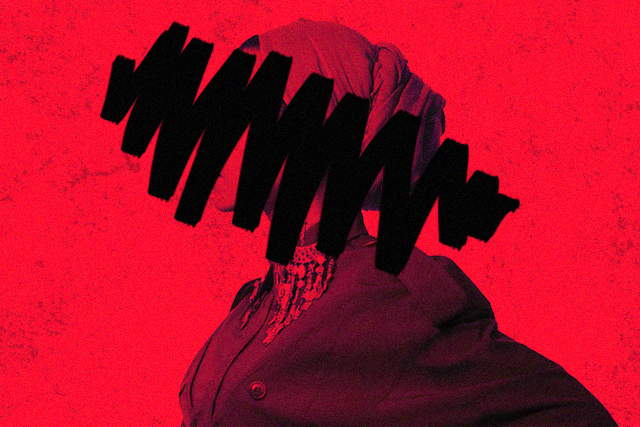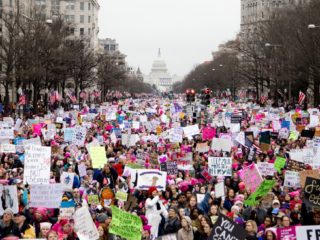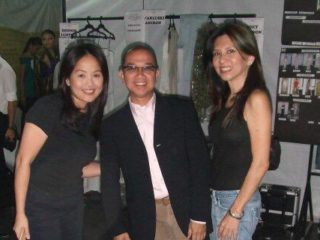
Misrepresentation in media still happens, and the latest issue to surface involves journalist and activist Noor Tagouri. She was featured in Vogue—one of her dreams—but her excitement was put on hold. When she opened the magazine to her photo, she noticed that it wasn’t her name on the page. Vogue credited Noor Bukhari, a Pakistani actress.
In the caption, she stressed how this is not the first time she has fallen victim to misrepresentation. “I have been misrepresented and misidentified MULTIPLE times in media publications—to the point of putting my life in danger.” This also brings up a serious issue of lack of research. This made it seem that they just saw a headscarf on a Muslim woman named Noor and made a quick assumption on who she was.
There are other forms of misrepresentation when it comes to culture. Another example can be seen in Condé Nast’s show, Many People, Many Places. I’m sure you remember the Filipino representative in these videos who didn’t have the right answers about the Philippines. When asked about local tongue twisters, she said there weren’t any, which is far from the truth. She also said that we didn’t have Tagalog translations for words like “cheers,” mentioning that the Philippines is Americanized so we just spoke in English. Yes, we do speak English but we do have three words in Filipino vocabulary.
https://www.facebook.com/CulturallySpeakingTraveler/videos/213053379311334/
Misrepresentation can also be seen in TV and movies. For Asians specifically, we’ve seen white actors portray Asian characters just by altering the way they look and talk. A perfect example is Mr. Yunioshi in Breakfast at Tiffany’s. This particular character puts Asians in a box labeled “slanted eyes and broken English.” When it comes to issues like these, actress Constance Wu points out, “Our ethnicity and culture are so much deeper than how we friggin’ look.”
Another example seen on TV is on How I Met Your Mother. Do you recall the episode “Slapsgiving 3: Slappointment Slapmarra”? This revolves around Marshall explaining how he got “special training” for the next slap. They went on to show the characters in silk costumes almost mocking a martial art. Sure, this was meant to be a comedic narrative but it came off as uninformed and cringey.
In situations like these, it reminds media outlets the importance of research instead of succumbing to stereotypes. It just comes off as ignorant and disrespectful when cultures and people are being misrepresented. In the case of Noor, they should have done a simple fact-check or even just contacted her to make sure their information was correct. For the Condé Nast video, they should have reached out to other sources and did some digging on their own to see if the woman’s answers were indeed factual.
Have you spotted any other instances of misrepresentation in media? Let us know in the comments section below.
Art by Marian Hukom
For the latest in culture, fashion, beauty, and celebrities, subscribe to our weekly newsletter here
Follow Preen on Facebook, Instagram, Twitter, YouTube, and Viber
Related stories:
Vogue misnamed Noor Tagouri, a misrepresentation activist
How MMK misrepresented their LGBT episode
Let’s talk about being racist as an Asian
Women running in 2020: A sign the Trump admin failed minorities


